Mind Maps!
Student Work
on Display!

BOSTON -- From the moment I put the first staple into my first mind map, a stream of creative and curious teachers came my way to learn the educational benefits of mind-mapping.
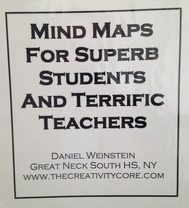
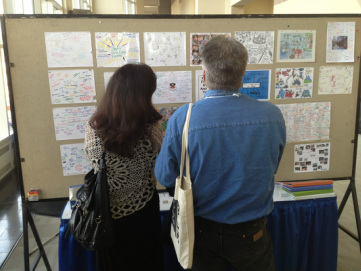
1) Mind maps ARE the end product. By setting "goals & deadlines" for my pupils each quarter, I motivate them to create original, self-directed work that is both educational and artistic. Mind-mapping is one of several creative techniques I teach, leading to portfolios of memoir, poetry, and other language arts every June.
No student ever asks me "Why do I need to know this?" when learning about mind maps - or other methods of creativity. They are proud of their work and the art is legitimate, honest, and important. For more on "goals & deadlines" read this blog entry from last year.
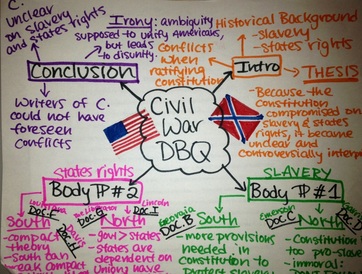
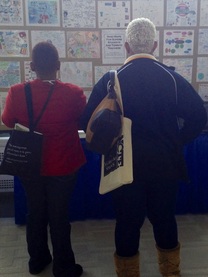
My book includes a more in-depth mini-lesson that you can photocopy and distribute to your classes.
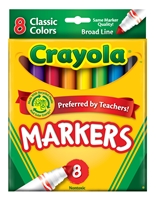
Every class, every day begins with me saying "Take out your notebooks and your magic markers ..."
"Fine-tipped" markers are best. "Preferred by Teachers" it says on the package!
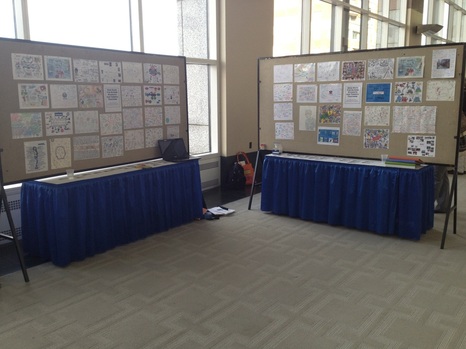
My display showed myriad examples - including mind maps made on the computer and made by hand. With words and without. With original photos or not. Made by magic marker or Sharpie or colored pencil. In full color and black & white. Created alone or in collaboration.
The examples were used to set goals, create a bucket list, pay homage to favorite books, reminisce about special memories, celebrate accomplishments, study for a test, contemplate travel, take notes during class, and so much more!!
I also frequently showed how to use mind maps to teach full-class literature, as demonstrated in the "mind maps for teachers" tab of my website.
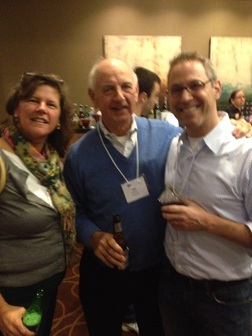
Saturday evening I went to the Scholastic dinner - and it was a total delight! I will never miss this event again. Scholastic served Thanksgiving dinner to hundreds of English teachers, for free:)!
I met so many inspiring and interesting people at this dinner, including one of my primary influences: Jim Mahoney.
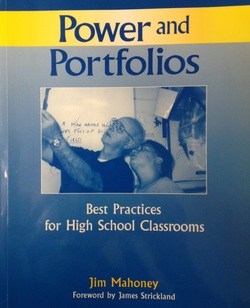
"I've been using your ideas for so long, a generation of people think I invented portfolios," I told him when we met during the cocktail hour.
I was absolutely star-struck as I told him about my blog entry on portfolios.
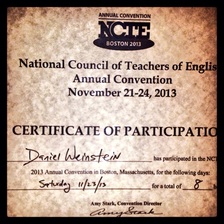
 RSS Feed
RSS Feed